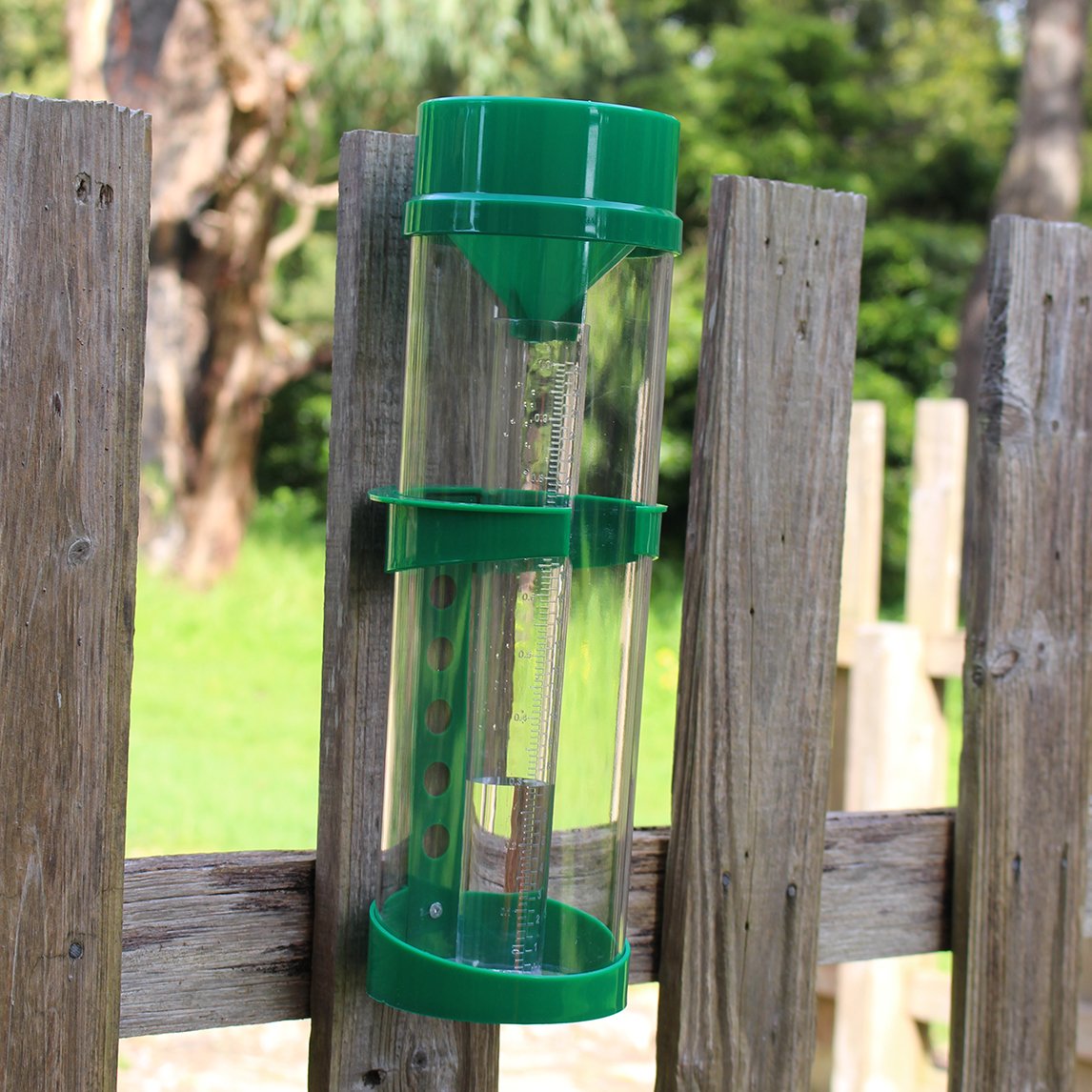Specialist Tips for Making Use Of a Rain Gauge to Monitor Citizen Weather Issues
Wiki Article
Revealing the Scientific Research Behind Rainfall Assesses: Just How These Gadgets Play a Vital Function in Climate Research Study and Ecological Monitoring
Rainfall gauges, apparently simple gadgets, hold an extensive importance in the world of climate research study and ecological tracking. These unassuming instruments quietly gather one of nature's most essential components-- rains. Behind their plain facade exists a complex science that is crucial for understanding the characteristics of our environment. As we peel off back the layers of this scientific shroud surrounding rain assesses, we uncover a globe where precision, information precision, and thorough monitoring merge to reveal a much deeper understanding of our changing climate and its influence on the earth.Value of Rainfall Gauges
Rainfall evaluates play an important function in surveillance and determining precipitation degrees, giving crucial data for climate research and evaluation. These gadgets are basic in measuring the quantity of rainfall that occurs in a certain location over a specific duration. By gauging and accumulating rain, rain assesses offer important understandings into the circulation and intensity of precipitation, helping meteorologists, hydrologists, and climatologists in comprehending climate patterns and patterns.
Additionally, lasting data gathered from rainfall gauges aids in assessing climate modification influences and patterns, contributing significantly to clinical research study and decision-making procedures. In significance, rainfall assesses offer as crucial devices in the field of meteorology and environmental scientific research, playing an important duty in progressing our understanding of weather and climate characteristics.
Sorts Of Rainfall Scales

Functionality and Operation
In the world of climate research and atmospheric research studies, the efficiency of rain determines lies in their detailed performance and specific functional mechanisms. Rainfall gauges are created to accurately gauge the quantity of rainfall that tips over a specific location throughout a collection duration. These devices usually contain a channel that accumulates rainwater and channels it right get redirected here into a measuring tube. The gauging tube is marked with calibrated measurements that allow for the accurate quantification of rains.The performance of rainfall determines is based upon the concept of determining and accumulating rain in a standard manner. This accumulated data is crucial for understanding neighborhood climate patterns, tracking long-term climate patterns, and assessing ecological effects. To ensure accurate dimensions, rain evaluates demand to be strategically put in open areas away from obstructions such as structures or trees that can hinder the collection procedure.
The functional facet of rain gauges involves regular upkeep to stop particles accumulation, calibration checks to maintain dimension precision, and information videotaping for evaluation (rain gauge). On the whole, the functionality and operation of rain evaluates are important for collecting trustworthy rainfall information crucial to environment research study and environmental monitoring
Function in Environment Study
Provided the critical relevance of accurate rainfall dimensions in comprehending weather patterns and environmental effects, the duty of rain assesses in climate research is important. Rainfall evaluates give vital data for environment study by quantifying the quantity of rainfall that drops over a certain location during an offered period. This data is critical for checking lasting patterns in precipitation patterns, analyzing the impact of climate adjustment on rainfall circulation, and boosting environment designs.
Climate scientists make use of data collected from rainfall determines to examine variations in precipitation degrees, determine regional climate fads, and review the efficiency of water source monitoring methods. By contrasting historical rainfall data with existing dimensions, scientists can discover changes in precipitation patterns, such as modifications in the regularity or strength of rains events. This info is essential for comprehending just how climate adjustment is influencing rainfall characteristics and can help policymakers make informed choices concerning adaptation and reduction strategies.
Applications in Ecological Monitoring

In flooding projecting, rainfall scale information helps to track rains intensity and distribution, permitting authorities to release timely warnings and take necessary measures to mitigate flooding dangers (rain gauge). Dry spell tracking counts on rainfall scale data to evaluate dampness levels in the dirt and track precipitation deficits, aiding in the identification of drought-prone locations and the execution of dry spell reaction approaches
Additionally, rainfall gauge data plays an important role in water resource monitoring by supplying info useful reference on water schedule and use fads. Furthermore, in farming, rain gauge information aids farmers in optimizing watering timetables, plant option, and total ranch monitoring techniques based on local precipitation patterns.
Verdict
Finally, rain determines are necessary devices for measuring precipitation, giving valuable information for climate research and ecological surveillance. With numerous kinds and performances, rain gauges play a crucial role in recognizing rainfall patterns and their influence on the atmosphere. By precisely gauging rainfall, these devices contribute to the improvement of scientific knowledge and help in making informed decisions pertaining to water source monitoring and calamity readiness.Rainfall evaluates play a vital role in tracking and gauging rainfall degrees, providing essential data for environment research and evaluation. The standard rainfall gauge, known as the "tipping container" gauge, is one of the most commonly utilized tools. Ultrasonic rain assesses use sound waves to identify the visibility of rainfall, giving real-time data on rainfall levels.Environment researchers make use of information gathered from rainfall gauges to analyze variants in precipitation degrees, recognize local environment trends, and review the effectiveness of water resource management approaches.In conclusion, rainfall determines are necessary tools for measuring precipitation, offering important data for environment research and environmental tracking.
Report this wiki page